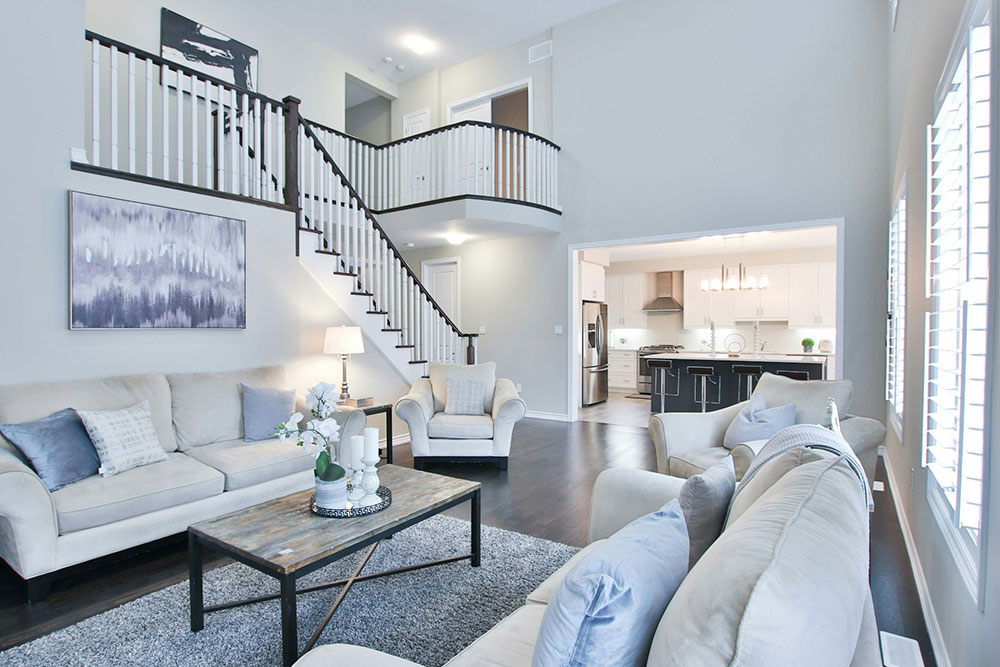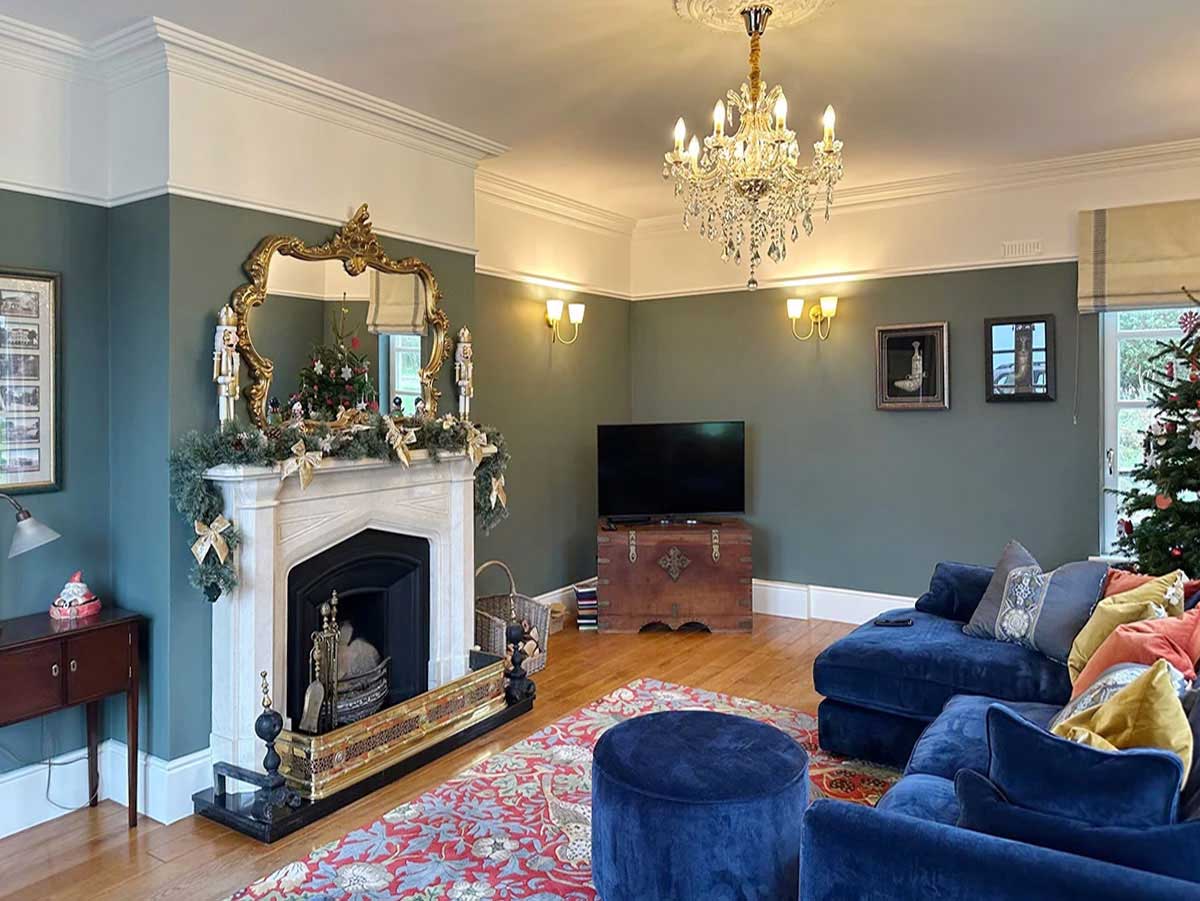This is the second part of our series of tips about giving your home a luxurious feel, without giving your bank account an equally luxurious trim.
If you missed the first part, you can read it here: Design a Luxurious Home without Breaking the Bank.
In this post, you’ll find five more top tips to help you turn your living spaces into magical places.
6. Feature something, but not everything
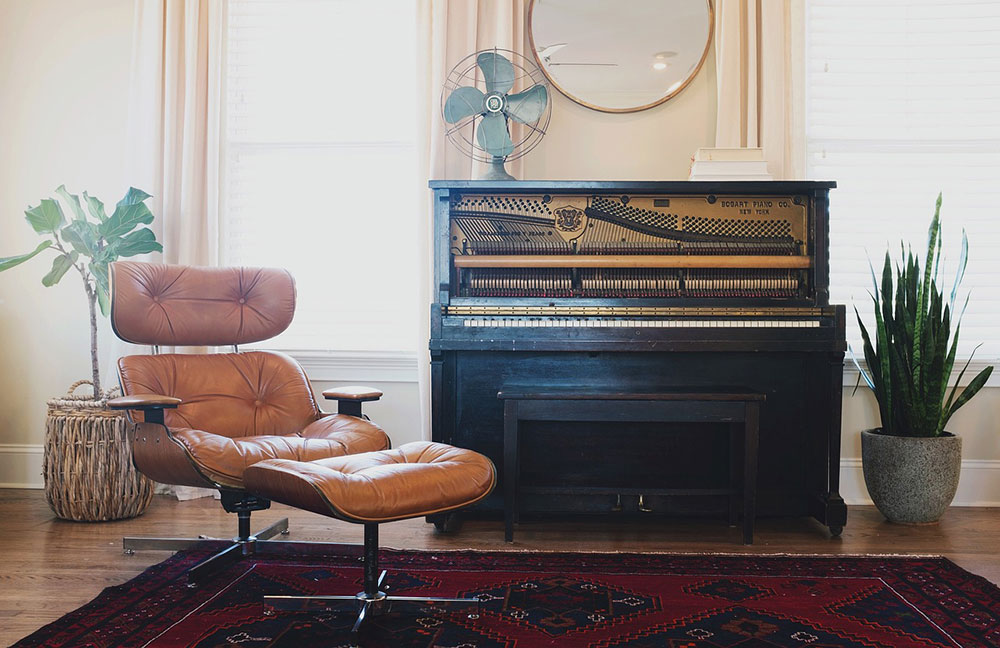 Image by Pexels from Pixabay
Image by Pexels from Pixabay
People often cram too many things that demand attention into their rooms. Think of it like living in a showroom. Each item is on display and grabbing your eyeballs all at once. It’s why you often see people stop on the threshold of a showroom. They’re a bit overwhelmed.
You don’t want your rooms to do that. They should be harmonious and feel coherent, so that when you walk in you feel gently welcomed.
That’s not to say your eyes shouldn’t be drawn to something. But make sure they are only drawn to one thing.
The cheapest and easiest way to do this is to highlight something you already have. Possibly, it’s something you can’t easily remove from the room, like a chimney stack or an old stove that’s no longer in use. Or it might be something you absolutely love and want to draw attention to, like an old piano or dining room table and chairs.
But what if you don’t want to draw attention to something that you can’t easily move? In fact, you wish it wasn’t there? Getting rid of it also doesn’t have to cost the Earth. At least, getting rid of it visually. You’d be surprised how easy it is to blend things into the background. Even large, immovable and awkward things like a radiator or an off-centre fireplace. Clever use of colour, for instance, will help blend them into the background and trick the eye into ignoring them.
7. Size it up
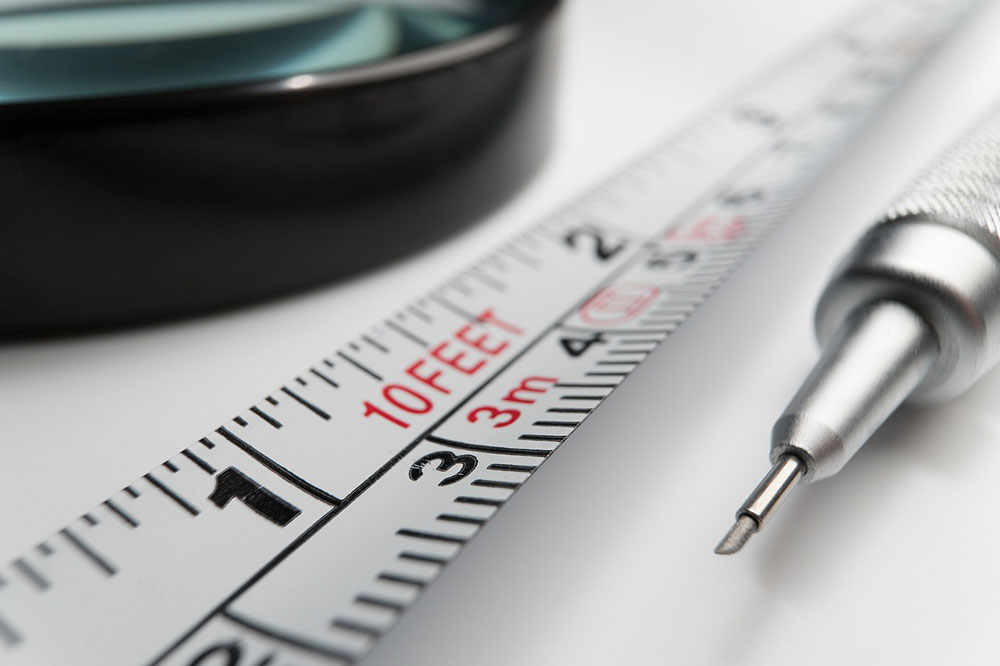 Image by Arek Socha from Pixabay
Image by Arek Socha from Pixabay
Another thing people often do, or rather don’t do, is learn the size of the room they want to work on. As a result, they end up buying things that are too big or too small for the space. Or they might try to cram in too much, or find themselves with not enough in the room.
Our advice is to buy a good tape measure and write down your room’s measurements, be it in feet, metres, inches, centimetres or millimetres. Whichever you’re most comfortable with. And don’t forget to measure the height of the room too.
Once you’ve done that, it’s a good idea to get a pencil and paper (or tablet) and draw out your room to scale. For instance, one inch on the paper equals one foot of the room. Or ten centimetres on paper equals one metre of the room. Graph paper, which is readily available in stationers, is a super-helpful aid. Drawing a room to scale is straightforward and there are lots of tutorials online in places like YouTube.
Then you can add in the items you’d like in the room and see how well they fit. Are they too cramped? Is there too little?
You can also play around with orientations and placements. A fun thing to do is to cut out shapes of the pieces you want in your room and shuffle them around until you hit upon a design that appeals to you, while also being functional.
8. Consistency not complexity
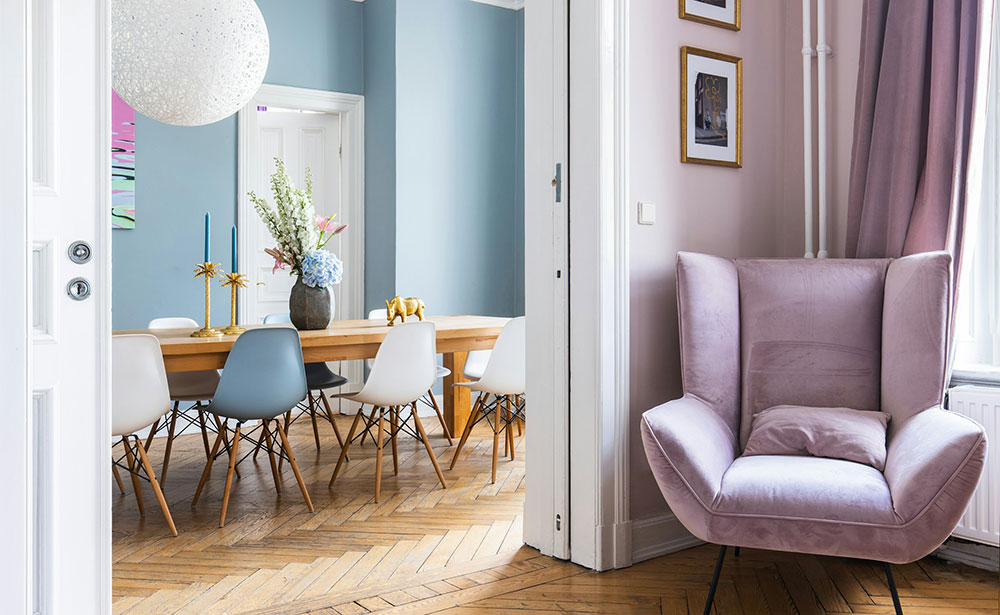 Photo by Spacejoy on Unsplash
Photo by Spacejoy on Unsplash
Try not to over-theme your home. The idea is that your rooms should feel as if they belong together as you move throughout the house. They shouldn’t jar with each other, unless you are into that style, of course.
That’s why it’s so important to plan before you buy, so that each part of your home feels like it is contributing to the broader feel and look of the house.
The best designers say, “Measure twice, cut once.” So do the planning at the start and you will reap the rewards for years to come, knowing you’ve invested in the right highlight pieces and have them in the right places. Not too many, nor too few, and always in harmony with one another.
9. Uneven is perfection

When it comes to interior design, odd numbers are better than even numbers, especially when you are lining things up for display. Three or five pictures in a row on a wall feels more balanced than two or four.
And when it comes to budget, uneven numbers are magical numbers. Three or five pictures makes it feel that there are more pictures on display than there actually are. The wall feels fuller.
10. The cheapest way to make your rooms bigger

The cheapest way is also the easiest.
You can make a room feel bigger by drawing your eyes along the longest line in the room towards something.
The longest line in a room is the diagonal. Unless the room is round, in which case, all the lines across the room are the same length, and also you live in a lighthouse.
But assuming your rooms are square or rectangular, here’s how you can use the diagonal line to your advantage to make the room feel bigger.
Place something eye-catching in the far corner, diagonally opposite the door to the room. As you walk in, your eye will be drawn to the thing that is furthest away in the room, and it will increase your sense of the room’s size.
More to come…
We hope you’re enjoying this series of tips and are finding them useful. We have lots more to come. If you’d like these tips sent straight to your email inbox, you can sign up for our email newsletter here. The newsletter comes out every two weeks and is packed with the best advice we have to offer about interior architecture, interior design and interior décor.

